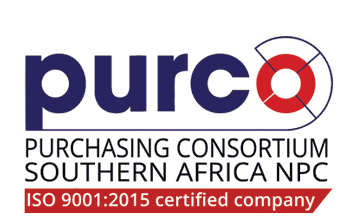Procurement Is No Longer Just a Numbers Game
We've heard it before: chief procurement officers aren't just cost-cutters. They're contributing real value to the organization. But is that really true?
If a new CPO study from IBM’s Institute for Business Value is to be believed, it’s actually starting to happen, according to an article on www.supplychainbrand.com. But it can be directly affected by the individual to whom the CPO reports. While an increasing number of procurement officers are working under a chief operating officer, the majority still reports through the chief financial officer - and this suggests that the procurement function in many companies is still ruled by numbers.
That said, CPOs who are really successful – for whom procurement is a major contributor to a company’s success – are those who take the enterprise view. CPOs are being asked to do more than just cut supplier costs, year after year. They might continue to be governed by key performance metrics, but they’re also thinking about how to improve interactions with suppliers, and be “transformative” to the larger organization. The successful CPO speaks the language of other business units, he says – not just the budget-obsessed CFO.
In addition, Procurement officers are engaging in more in-depth conversations with external partners, including both suppliers and customers.
Ninety-two percent of high-performing procurement officers believe they can add value to external partner relationships, versus 68 percent of underperformers. And just over half – 52 percent – of the top CPOs have turned to suppliers for help in developing new technologies, versus just 39 percent of lower performers. (What’s really shocking is the 10 percent of underperformers who said they don’t value ties with external partners, and 11 percent who feel the same about internal collaboration. Is it any wonder they’re at the bottom of the heap?)
One finding that surprised was the tendency of top CPOs to stay current on information technology and practices that foster social collaboration and process automation, particularly with regard to “bleeding-edge” analytics. That’s the case with 41 percent of top CPOs, versus 16 percent of laggards. The study doesn’t define which tools are actually being deployed, but does find a “strikingly high” correlation between top CPOs and their participation in that general area.
In fact, the study finds that top procurement organizations are nearly twice as likely than their lower-performing counterparts to introduce innovations in the company, and one and a half times more likely to influence senior leadership to enter new markets.
For the full article and link to the study visit this link.

